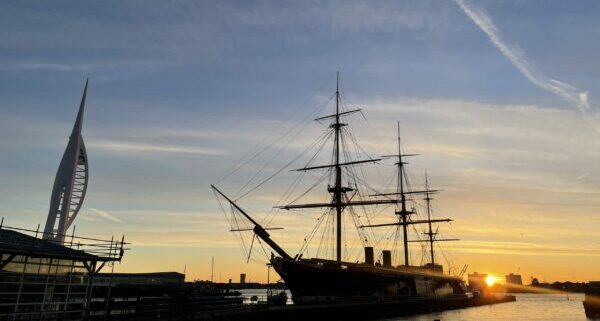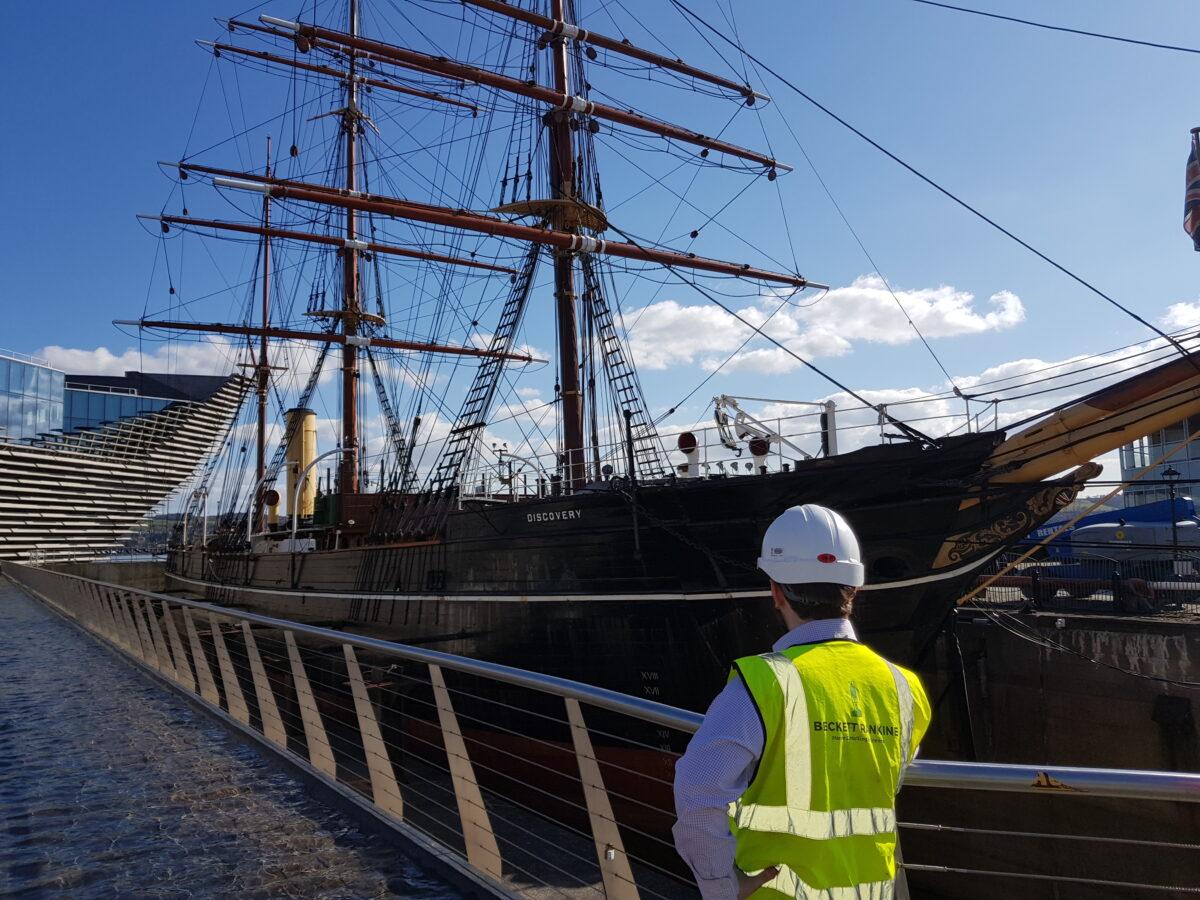Beckett Rankine and National Historic Ships UK have published groundbreaking guidance that aims to make static ships safer.
When their sailing service life comes to an end, ships may find a new purpose as floating ‘buildings’ such as museums, hotels, restaurants and venues.
Often the vessel in question is a historic vessel-turned-public-attraction, such as HMS Warrior, HMS Unicorn and RRS Discovery.
With no specific regulations in the UK to support static floating vessels, National Historic Ships UK identified a need to develop guidance to help owners of these craft assess, manage and improve the structural safety of the vessels in their care, working in conjunction with contractors and service providers to the industry.
Backed by the Lloyd’s Register Foundation, the ‘Don’t Rock the Boat’ project was launched in collaboration with Beckett Rankine to produce a guidance document that focusses on understanding stability and mitigating risk.
The guidance drew from extensive community and stakeholder engagement, as well as industry case studies, to establish the current legislation and standards that owners must navigate and challenges they face. Then, the project partners developed a robust overview of the risks owners may encounter and how to solve them, concluding in a comprehensive guide to best practice.
The document empowers owners with specific support for the management and conservation of static historic ships and similar assets. It accounts for the flexibility needed when implementing changes to historic vessels, ensuring that effective conservation can take place without compromising stability.
However, its use extends beyond historic vessels as the guidance could be applied to any static floating structure.
Key takeaways
- Gaps in UK Common Law legislation has resulted in a lack of stability criteria for static floating ships and structures.
- Though aimed at historic ships, the guidance is useful for any static floating structure.
- Many ships do not have updated stability assessments after major modifications, such as removing engines or opening subdivisions.
- As a result, there could be a significant risk of capsizing or sinking that owners may be unaware of.
- The guidance aims to provide owners with the tools to reduce the risks to the vessel, staff and public, while accounting for the unique conservation needs of historic ships.
Hannah Cunliffe, Director of National Historic Ships UK, said:
I’m delighted to be publishing this essential guidance for static floating historic vessels which we have produced in partnership with maritime consulting engineers Beckett Rankine.
“Drawing on research from vessel case studies around the UK, it offers practical advice as well as reviewing existing legislation and its applicability to our sector. I look forward to seeing it put to good use and am grateful for the support we received from Lloyd’s Register Foundation’s small grants scheme which made this project possible.”
Tim Beckett, Director of Beckett Rankine, said:
For many years, we have been aware that static floating vessels in the UK fall between legislative jurisdictions; to make matters worse, static historic vessels often undergo major structural changes that can adversely affect their stability. Regrettably, this lack of regulation combined with ill-advised modifications periodically results in an historic vessel sinking; tragically occasionally also with a loss of life.
“This new document provides long overdue and much-needed guidance on best practices for all those who are responsible for the care and maintenance of static floating vessels.“We are very grateful to National Historic Ships UK, our partner in producing this document, and to Lloyd’s Register Foundation for financially supporting the project.”
Read the ‘Don’t Rock the Boat: Stability Guidance for floating static vessels’ on the National Historic Ships UK website



